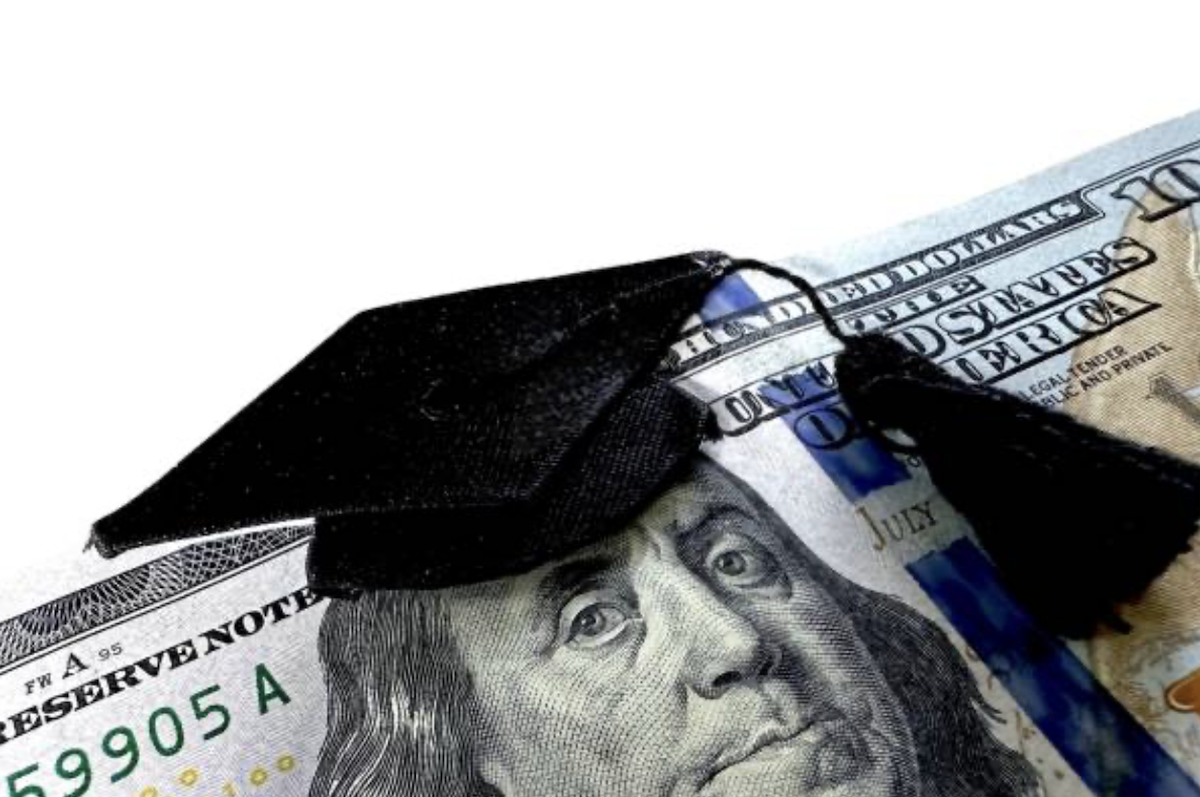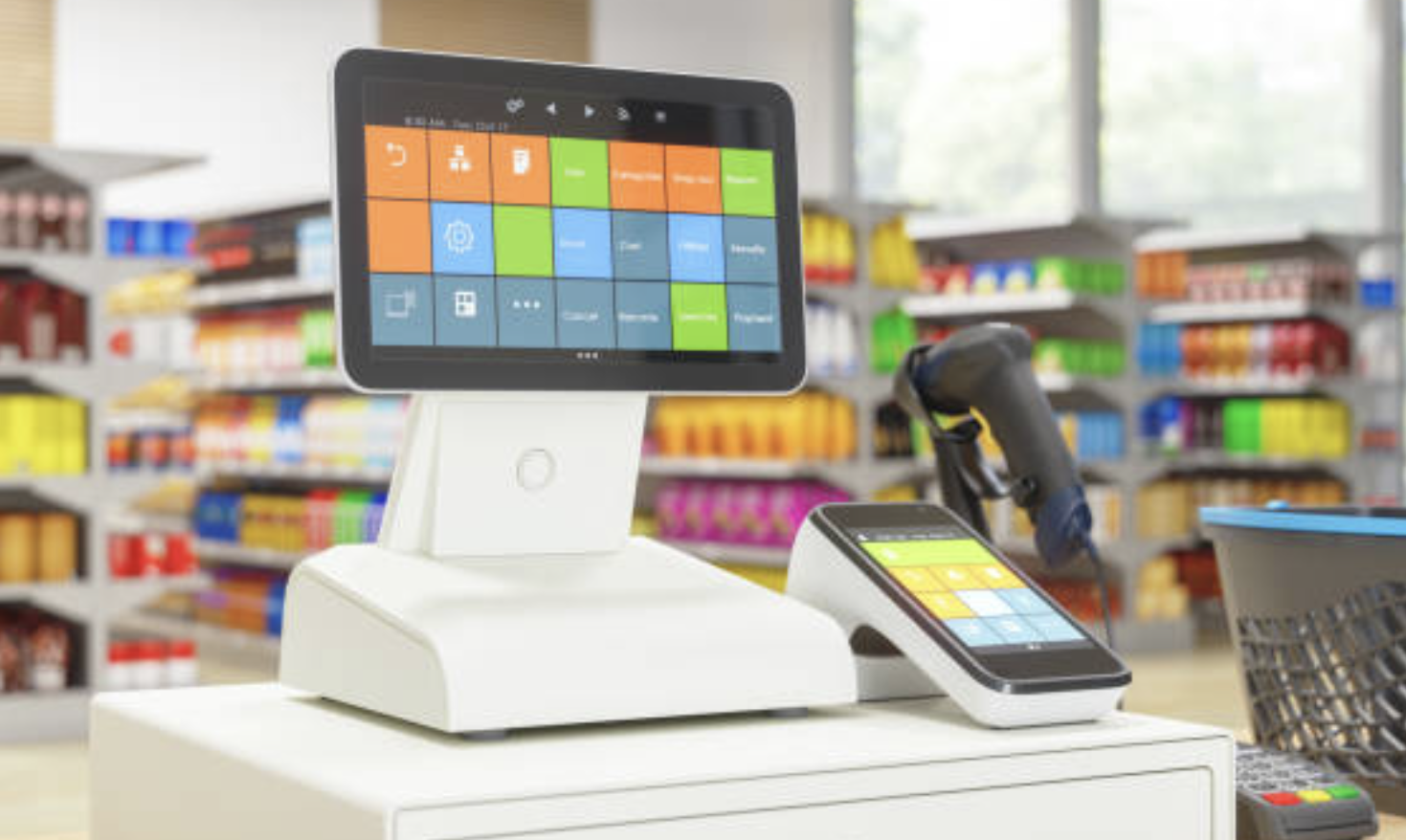The weight of student loan debt can often feel like an insurmountable burden, but the prospect of student loan forgiveness provides a beacon of hope for many borrowers. Navigating the intricacies of forgiveness programs requires a strategic approach and a clear understanding of the options available. In this guide, we’ll explore actionable steps on how to get student loan forgiveness.
1. Know Your Loan Type
Understanding the nature of your student loans is the first step towards forgiveness. Federal loans typically offer more forgiveness options compared to private loans. Identify the types of loans you have, whether they are Direct Subsidized, Direct Unsubsidized, or PLUS loans. Each loan type may have different eligibility criteria for forgiveness programs.
2. Explore Public Service Loan Forgiveness (PSLF)
For those working in qualifying public service jobs, the Public Service Loan Forgiveness (PSLF) program can be a game-changer. To qualify, you must make 120 qualifying monthly payments under a qualifying repayment plan while working full-time for a qualifying employer. It’s crucial to understand the specific requirements and ensure that you meet them to maximize your chances of PSLF approval.
3. Investigate Income-Driven Repayment (IDR) Plans
Income-Driven Repayment plans, such as Income-Based Repayment (IBR), Pay As You Earn (PAYE), and Revised Pay As You Earn (REPAYE), offer forgiveness after 20 to 25 years of qualifying payments. Enrolling in one of these plans can cap your monthly payments based on your income, making it more manageable and potentially leading to forgiveness down the line.
4. Teacher Loan Forgiveness
Educators serving in low-income schools may qualify for Teacher Loan Forgiveness. This program provides forgiveness of up to $17,500 on Direct Subsidized and Unsubsidized Loans and Subsidized and Unsubsidized Federal Stafford Loans after five consecutive years of teaching.
5. Seek Forgiveness for Perkins Loans
Borrowers with Federal Perkins Loans may be eligible for Perkins Loan Cancellation for specific professions, such as teachers, nurses, or law enforcement officers. Each profession has its own set of requirements, so be sure to check the eligibility criteria associated with your field.
6. Stay Informed About Legislative Changes
The landscape of student loan forgiveness is dynamic, with ongoing discussions and proposed legislative changes. Stay informed about updates in student loan forgiveness policies and potential expansions of existing programs. Legislative changes may open up new opportunities for forgiveness or impact existing programs.
7. Maintain Clear and Accurate Records
Accurate record-keeping is crucial for successful forgiveness applications. Keep track of your employment history, payments made, and any relevant documentation. Thorough documentation will streamline the application process and reduce the likelihood of complications.
Conclusion: Empowering Your Journey to Forgiveness
While achieving student loan forgiveness may require time and dedication, understanding the available options and taking proactive steps can significantly impact your financial future. By exploring forgiveness programs, staying informed, and diligently meeting program requirements, borrowers can embark on a path towards financial freedom. Remember, each borrower’s situation is unique, so it’s essential to tailor your approach based on your specific circumstances. The journey to student loan forgiveness begins with informed decisions and a commitment to financial well-being.



